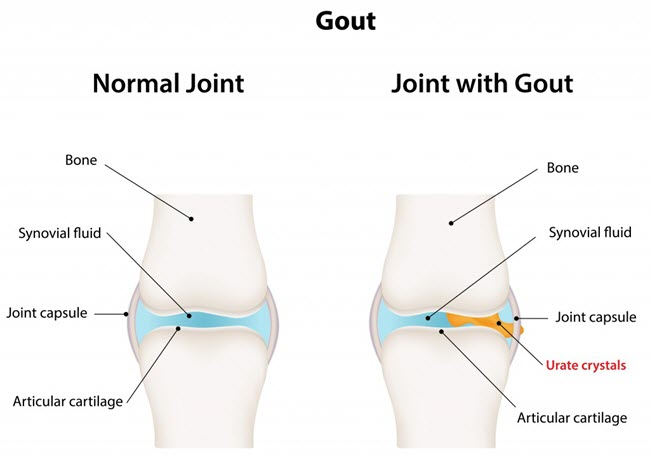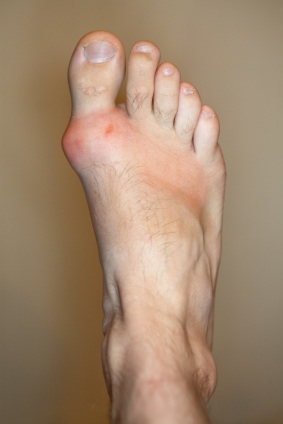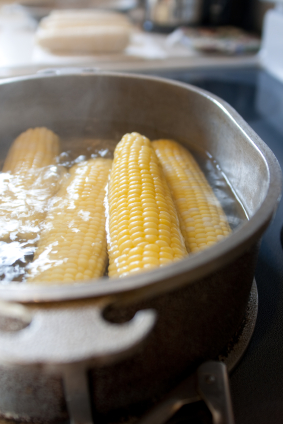The dandelion herb has been used for centuries to promote good health. It is full of vitamins, minerals, and other natural chemicals the body can use to overcome illness. Not only does it have medical uses, but it also has popular culinary uses.
What Is The Dandelion Herb?
Taraxacum officinal, meaning “the official remedy for disorders”, is a perennial herb with a long, brown taproot. The leaves are jagged and pointy. They grow close to the ground and outward from a central point. They are a dark green on the edges and a lighter green towards the center. The stems are light green to a dark reddish purple.
The flowers are a bright yellow on the outside to a dark orange in the center. When the flowers are mature, they turn into a white puffball of seeds that scatter everywhere when the wind blows. The scattered seeds sprout into new plants. Every part of the dandelion exudes a milky substance when it is damaged. The name Dandelion comes from the French word for Lion’s Tooth, Dent de Lion, because the leaves are jagged like teeth. Other names for Dandelion are:
- Blow Ball,
- Cankerwort
- Puffball
- Pu-kung-ying
- Telltime
- White Endive
- Wild Endive
- Swine’s Snout
- Pu Gong Ying
- Dent de Lion
- Priest’s Crown.

Where Does It Come From?
The dandelion herb is thought to have originated in Europe and Asia, but it can now be found throughout the northern hemisphere, including the United States. Most people consider the dandelion a weed, especially when it takes over their front lawn! However, it is also grown and cultivated for medical and edible uses. When used for medicine, the dandelion can be taken in powdered or liquid form.
There are several ways to make a liquid dandelion extract. To make a tea, steep the dandelion in water. A tincture can be made by adding either alcohol or glycerin to the tea. If alcohol is used, the tincture is preserved for up to three years and it is absorbed more easily than if glycerin is used. However, glycerin tastes better.
To make the powder, they use a low temperature distillation process that removes the active ingredients from the raw herb. The liquid is then condensed and dried to make a fine powder, which is put in gelatin capsules.
The History and Origin of the Dandelion
The first recorded use of dandelion for medicinal purposes is from the Arabians around 900 AD; however, it is believed the Chinese were using dandelions long before that. Dandelion is believed to be one of the original bitter herbs used for Passover in the Bible. There are records of the Welsh using it in the 13th century.
The pilgrims brought it to North America. In 1620, when the Mayflower arrived, there were no dandelions in America. By 1671, they were growing abundantly all over what is now the United States.
How the Dandelion is Used Today
Today, the dandelion has both medical and culinary uses. Dandelion greens are one of the most nutritious greens available. One cup of raw greens has:
- 112% of the recommended daily allowance of vitamin A
- 535% RDA of vitamin K
- 32% RDA of vitamin C
- 103 mg of calcium
- 1.7 mg of iron
- 218 mg of potassium.
Additional Uses
They are also a good source of beta carotene, lutein, vitamin H, which has been proven to help weight loss, and over two dozen other nutrients. Dandelion greens add color and texture to salads, stir-fry, and soups. The greens are the leaves. It is best to harvest them in early spring, well before the last frost is expected. They need to be gathered before the flowers bloom or they will be bitter. The best time is when the leaves have just emerged.
The root is also used for culinary purposes. It can be added to soups or ground up and roasted to make a drink similar to coffee without the negative side effects. The root of the dandelion is full of vitamins, minerals, and micronutrients, including inulin, which is helpful in controlling diabetes.
Drinking dandelion coffee helps stimulate the digestive system. It is best to harvest the roots in early spring or late fall when most of the nutrients are stored there. The flowers are used for making dandelion wine and dandelion fritters. They are good for the antioxidant luteolin, which is found in them.
Benefits of the Dandelion Herb
Dandelion herb has been associated with improving liver function and liver diseases such as hepatitis and jaundice. It is a strong diuretic that does not deplete potassium in the body. It has been shown to improve both constipation and diarrhea. It purifies the blood, cleanses the digestive system, removes heavy metals from body tissues, and can help dissolve kidney stones. It has been shown to help weight loss, cure acne, lower high blood pressure, cure anemia, lower serum cholesterol levels, reduce acid indigestion and gas, improve some cancers, and help control diabetes all with no negative side effects. The dandelion herb is full of so many vitamins, minerals and micronutrients that alone might be the reason it is so beneficial in so many different areas.
- The sodium in dandelions is thought to reduce the inflammation of the liver.
- Vitamin A helps fight cancers in the mouth and the lungs.
- Potassium, along with magnesium, has been shown to help lower blood pressure and reduce the risk of stroke.
- Dandelions are full of both potassium and magnesium.
- The fiber in dandelions lowers cholesterol, is beneficial to diabetes, and fights cancer and heart disease.
- Calcium has been shown to build strong bones and reduce high blood pressure.
- B vitamins lower the effects of stress.
- Romanian lab mice lost 30% of their body weight in 30 days by taking a dandelion extract with their food.
Helpful Chemicals
Along with all the vitamins and minerals in the dandelion, there are also numerous chemicals that are important in many bodily functions.
Inulin is converted into fructose as it is digested. Fructose does not use insulin, which results in a slower rise in blood sugar making it ideal for those with diabetes or hypoglycemia.
- Tof-CFr is similar to lentinan, which has been proven to fight cancer cells in Japanese lab mice.
- Pectin helps diarrhea; it removes heavy metals, and lowers cholesterol especially if it is combined with vitamin C. The dandelion herb has both.
- Coumestrol mimics estrogen. It stimulates milk production and balances hormones.
- Apigenin and luteolin are diuretics, antioxidants, and antispasmodics. They have liver protecting properties and strengthen the heart and blood vessels. They are antibacterial and estrogen mimics.
- Gallic Acid helps diarrhea and is antibacterial.
- Linoleic and linolenic acid are fatty acids the body needs to produce prostaglandins that regulate blood pressure, suppress inflammation, regulate the menstrual cycle, and prevent platelet aggregation.
- Choline has been shown to improve memory.
- The dandelion herb has many sesquiterpene compounds that are thought to give it its bitter taste. These compounds promote good digestion, liver, spleen, and gall bladder function. They are also antifungal.
- Triterpenes are helpful for liver and bile stimulation.
- Taraxasterol is good for the liver and gall bladder. It also balances hormones.
Purchasing Options
Dandelion is sold as capsules, tea leaves, powder, or tincture. Capsules are easy to take and have little taste. Teas can be enjoyable and relaxing, while tinctures are absorbed quickly. They are all good choices depending on preferences. Dandelion leaves average about $1 to $2 an ounce whether they are cut up or a powder and the capsules average about $8 for 60 capsules. Dandelion root is about the same for the powder, but the capsules are considerably cheaper, about $2 to $4 for 100 capsules. Moreover, the tincture can be found between $4 and $5 an ounce.
To make dandelion coffee, the roots have to be roasted which will double the cost. Some good brands to try are Now, Yogi, Traditional Medicines, and Starwest Botanicals. A local health food store would be a good place to buy dandelion. If the internet is used, shop around because different sites frequently have sales. One good site to try is www.takeherb.com.
How Much to Take?
- The recommended dose for dandelion leaf tea is 1-2 teaspoons steeped in hot water 3 times a day.
- For dandelion root tea, the recommended dose is ½ -2 teaspoons steeped in hot water 3 times a day.
- Whether the capsules are the leaf or the root, the recommended dose is 500 mg 3 times a day.
- The recommended dose for both the leaf tincture and the root tincture is 100-150 drops 3 times a day.
Precautions
While there are no negative side effects from taking the dandelion herb, some people have been known to have allergic reactions to it, including a rash or mouth sores. If you are allergic to yarrow, iodine, ragweed, marigold, chrysanthemums, chamomile, or daisies, you should avoid taking dandelion. Dandelion might cause stomach acid or heartburn in some people. If you have gallbladder problems or gallstones, you should consult a doctor before taking dandelion. Dandelion is a diuretic and may cause your body to expel any drugs you are taking faster than normal. Consult a doctor if you are taking Lithium, quinoline antibiotics, and antacids like Pepcid, Zantac, and Taganet.

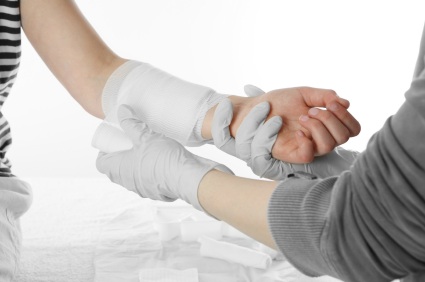
 The “K” in vitamin K comes from the German work “koagulation.” Coagulation refers to the process of blood clotting. Vitamin K is a group of vitamins (K1, K2, and K3) which promote clotting of the blood. They are a class of compounds that contain the naphthoquinone structure. Vitamin K regulates normal blood clotting and prevents hemorrhaging.
The “K” in vitamin K comes from the German work “koagulation.” Coagulation refers to the process of blood clotting. Vitamin K is a group of vitamins (K1, K2, and K3) which promote clotting of the blood. They are a class of compounds that contain the naphthoquinone structure. Vitamin K regulates normal blood clotting and prevents hemorrhaging.
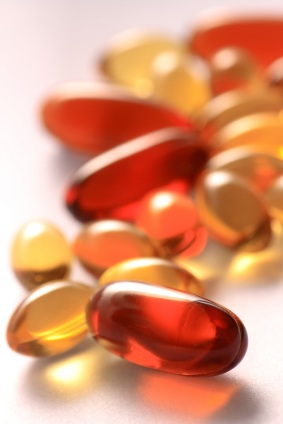
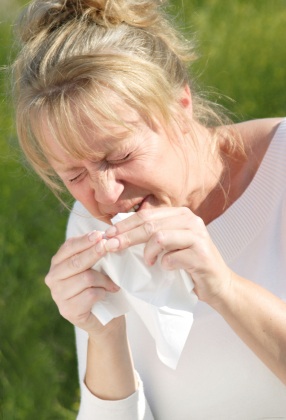
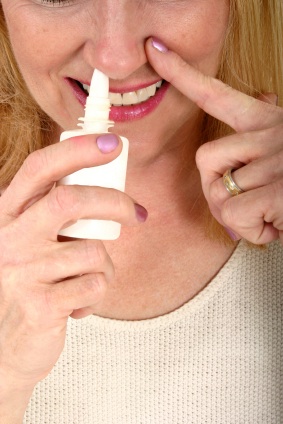 Saline spray is one of the most common treatments for nasal congestion. It is available in supermarkets, drug stores, and grocery stores. You can even make your own saline solution easily and with little cost. Bring 1 cup of water to a boil and pour in 1/4 teaspoon of non-iodized salt and a 1/4 teaspoon of baking soda. Stir lightly until the salt and baking soda is diluted, leaving the water a bit cloudy in color. Allow the solution to cool until it is at room temperature and place in a clean and sterilized 8-ounce container. You can use this solution in a neti pot or with a nasal bulb.
Saline spray is one of the most common treatments for nasal congestion. It is available in supermarkets, drug stores, and grocery stores. You can even make your own saline solution easily and with little cost. Bring 1 cup of water to a boil and pour in 1/4 teaspoon of non-iodized salt and a 1/4 teaspoon of baking soda. Stir lightly until the salt and baking soda is diluted, leaving the water a bit cloudy in color. Allow the solution to cool until it is at room temperature and place in a clean and sterilized 8-ounce container. You can use this solution in a neti pot or with a nasal bulb.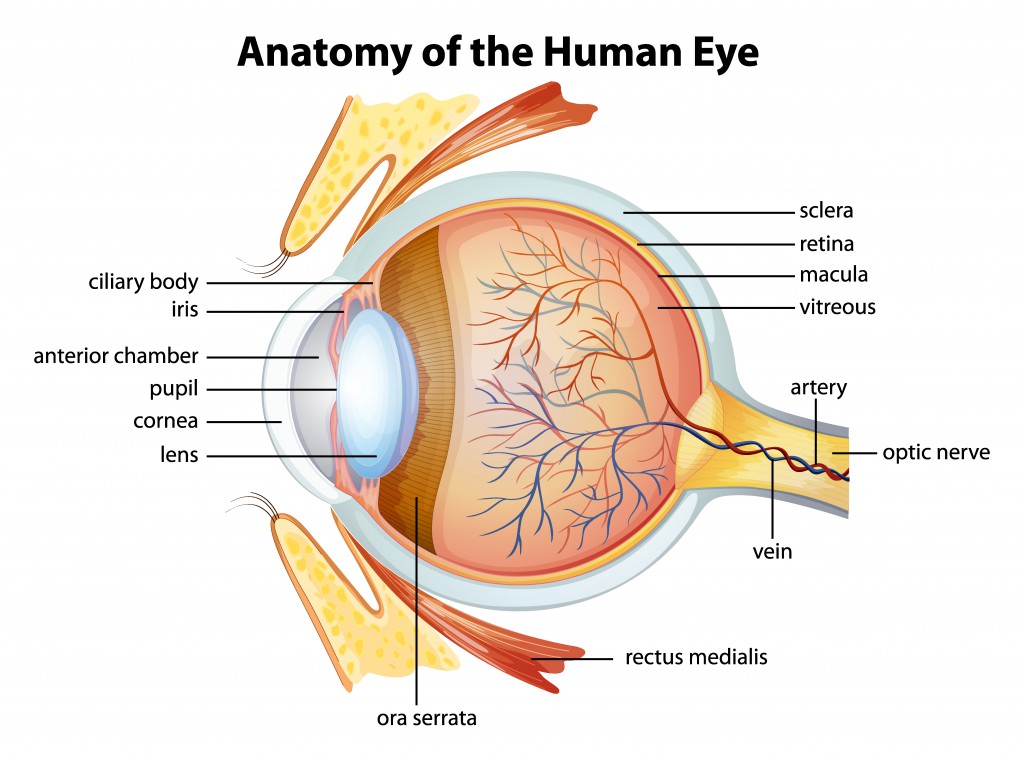
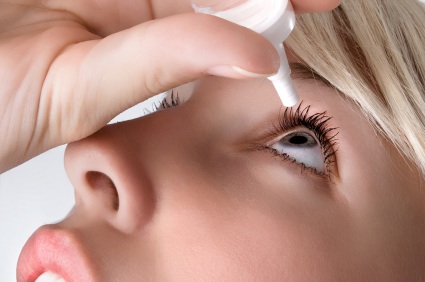
 Nasal congestion is usually accompanied by excess mucous occurring in the nasal passages as well. However, this may be true occasionally, but it is not the most common reason why the nose gets congested. The most common cause for a stuffy nose is that the tissue lining it (mucous membrane) becomes swollen, usually due to some sort of irritation.
Nasal congestion is usually accompanied by excess mucous occurring in the nasal passages as well. However, this may be true occasionally, but it is not the most common reason why the nose gets congested. The most common cause for a stuffy nose is that the tissue lining it (mucous membrane) becomes swollen, usually due to some sort of irritation. Nasal congestion is easy to diagnose, however determining the underlying cause may be more difficult. Your physician will be able to determine the cause of your congestion upon a physical examination. Normally, a primary care physician will examine your nose with a nasal speculum or otoscope and a penlight.
Nasal congestion is easy to diagnose, however determining the underlying cause may be more difficult. Your physician will be able to determine the cause of your congestion upon a physical examination. Normally, a primary care physician will examine your nose with a nasal speculum or otoscope and a penlight.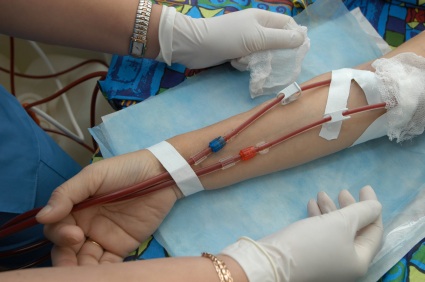 Generally,
Generally, 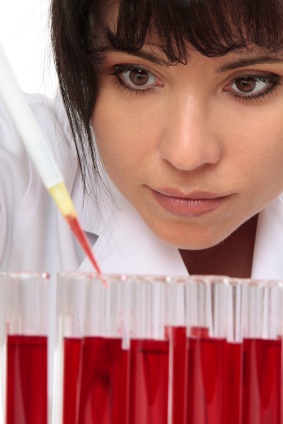 Another type of anemia is sickle cell anemia. With this type of anemia, the body produces red blood cells that are shaped like a “C” of a sickle. The hemoglobin in these cells causes the sickle shape. It is difficult for these sickle shaped cells to move through the blood vessels. Sickle cell anemia is an inherited, lifelong disease. The sickle shape of the blood cells can cause them to clump together which results in pain and inflammation for those who suffer from sickle cell.
Another type of anemia is sickle cell anemia. With this type of anemia, the body produces red blood cells that are shaped like a “C” of a sickle. The hemoglobin in these cells causes the sickle shape. It is difficult for these sickle shaped cells to move through the blood vessels. Sickle cell anemia is an inherited, lifelong disease. The sickle shape of the blood cells can cause them to clump together which results in pain and inflammation for those who suffer from sickle cell.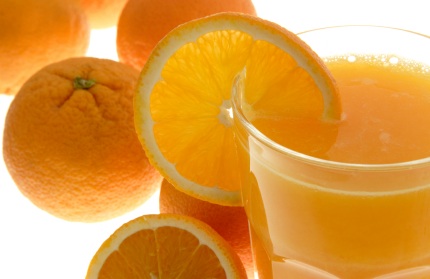 The ability of citrus fruits in the prevention and treatment of scurvy was discovered in 1747 by the British navy surgeon James Lind.
The ability of citrus fruits in the prevention and treatment of scurvy was discovered in 1747 by the British navy surgeon James Lind.

 While some infestations may resolve on their own, left untreated scabies can escalate into a highly unpleasant problem. Increased itching, formation of bloody scabs, and patches of scaly skin may accompany an advanced infestation. In such instances, medical treatment is the most efficient and best option. Scabies can also become resistant to medications over time, though this usually only occurs in repeat infections.
While some infestations may resolve on their own, left untreated scabies can escalate into a highly unpleasant problem. Increased itching, formation of bloody scabs, and patches of scaly skin may accompany an advanced infestation. In such instances, medical treatment is the most efficient and best option. Scabies can also become resistant to medications over time, though this usually only occurs in repeat infections.